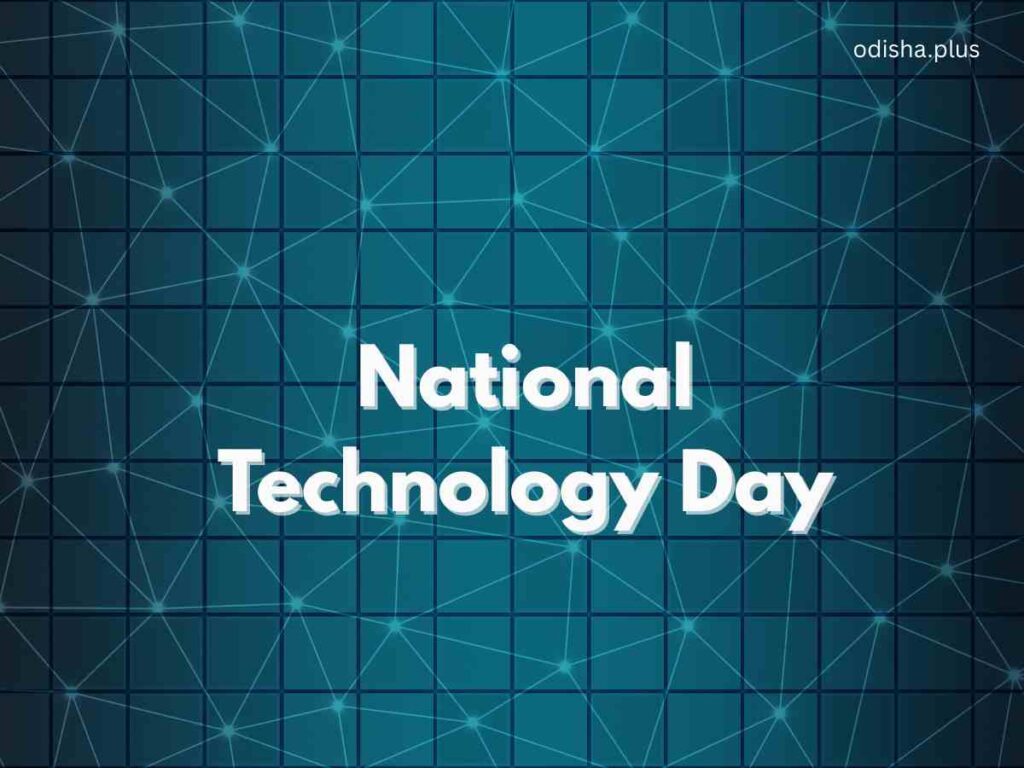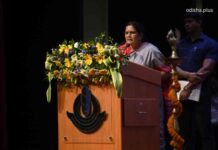Every year on May 11, India celebrates the national technology day to honor the achievement of its scientists, engineers and technologists. This day makes successful nuclear test conducted at Pokhran in 1998, showcasing India’s technological capability
Dharitri Das

Bill Gates, a pioneer of the microcomputer revolution and co-founder of Microsoft has rightly enunciated, “The advance of technology is based on making it fit in so that you don’t really even notice it, so it’s part of everyday life.”
Today, India is celebrating the National Technology Day. Every year on May 11, India celebrates the national technology day to honor the achievement of its scientists, engineers and technologists. This day makes successful nuclear test conducted at Pokhran in 1998, showcasing India’s technological capability.
With celebration, few things come to our mind of the recent developments pertaining to science, technology and innovation.
The country’s innovation speed has noticeably increased, as the overall number of AI Patents filed between the years of 2021-2025 is seven times greater than the total number of AI Patents the country filed between the years of 2010-2015. To add to this, 63% of these AI Patents originated in India, while 17% originated in the United States.
India’s increased emphasis with GenAI specifically is salient. GenAI is only 6% of overall AI Patents in the entire world; however, GenAI is 28% of the patents due from India – which puts them in the top five countries in this space. The functional applications for AI patents are still computer vision and natural language processing, which account for more than 90% of the AI patents represented by the Indian National Institute of Intellectual Property (NPIIP) in 2025.
The government’s emphasis on Atmanirbhar Bharat (self-Reliant India) has rightfully emphasized the need for strengthening indigenous R&D and reducing reliance on foreign technology. Digital India, Startup India, and the National Quantum Mission are representative of this intent. Technology in India, however, cannot afford to be the domain of privileged institutions or urban areas; its success lies in democratization, when a farmer in Odisha, a young person in rural Bihar, and a craftsperson in Kutch can access, use, and then to some degree, shape technology in meaningful ways.
Technology is instrumental in attaining the Sustainable Development Goals (SDGs), a global initiative by the United Nations to create a better and more sustainable future by 2030. These 17 goals address issues like poverty, education, health, gender equality, clean energy, and climate action. From improving access to healthcare through telemedicine to expanding quality education via online platforms, technology bridges gaps in services and resources.
In agriculture, smart farming and AI-driven data help increase food production and reduce waste, contributing to zero hunger (Goal 2). Renewable energy technologies like solar and wind power support clean and affordable energy (Goal 7), while digital finance and mobile banking empower people in rural areas, helping reduce poverty (Goal 1).
Technologies related to the environment can play important roles in pollution, resource conservation and climate action (Goal 13). Technological innovation also enables innovation and infrastructure (Goal 9), which contribute towards industrial growth and create jobs. Yet, careful consideration needs to be placed on ensuring equitable outcomes by combating the digital divide, and making sure that no one is left behind.
SDGs are the fulfillments of goals without hampering the requirements of future generations at the same time. Technology plays a major role in SDGs, allowing us to integrate continual growth and environmental stewardship with innovative solutions. Smart farming methods scale food production while using less land, water, and soil. In smart cities, sensors and other data analytics allow us to manage traffic, energy, transit, and waste more efficiently.
Renewable sources like wind and solar energy rely less on fossil fuels. Climate-monitoring systems allow us to track climate patterns, put plans in place, and build capacities to better manage environmental hazards if for example, disasters were to happen. In these cases, technology integrates with all aspects of our lives to give us a more equitable, greener, resilient, and sustainable future.
Technology has changed how we communicate, educate and deliver services. It has also demonstrated the existing digital divide – the gap between those that have access to the internet and technology tools and those that do not. This digital divide occurs not only across nations but also inside nations; often in rural areas, low-income communities and the marginalized groups. Those without digital access are left behind in several critical areas such as education, health and healthcare access, financial access/inclusion, and employment. For an instance, a student without internet access, lacks access for online learning, and a patient in a remote community might miss access to tele-health services.
Reducing this gap also requires strategies such as affordable internet service, digital literacy training programs, public access wi-fi spaces, and government support for technology infrastructure and equipment in various locations. For equitable opportunity, and engagement with others in our rapidly evolving world and society, all individuals require access to digital technology. Reducing the digital divide is working towards overcoming digital equity, empowerment and inclusive development.
National Technology Day can be a source of national pride, but it needs to be a source of national reflection. Yes, we can celebrate and reflect on what we have accomplished—but we should also commit to a technology culture that is responsible, inclusive, and distinctly Indian. Only then can we actually lead in these crucial areas. However, in today’s digital society, media literacy is more important today than ever before.
(Author is a student of Department of Journalism and Mass Communication, Rama Devi Women’s University, Bhubaneswar. Views expressed are personal.)

























